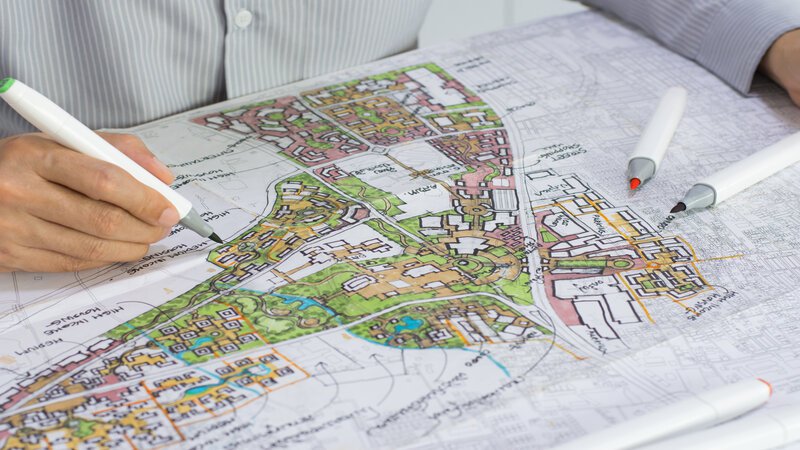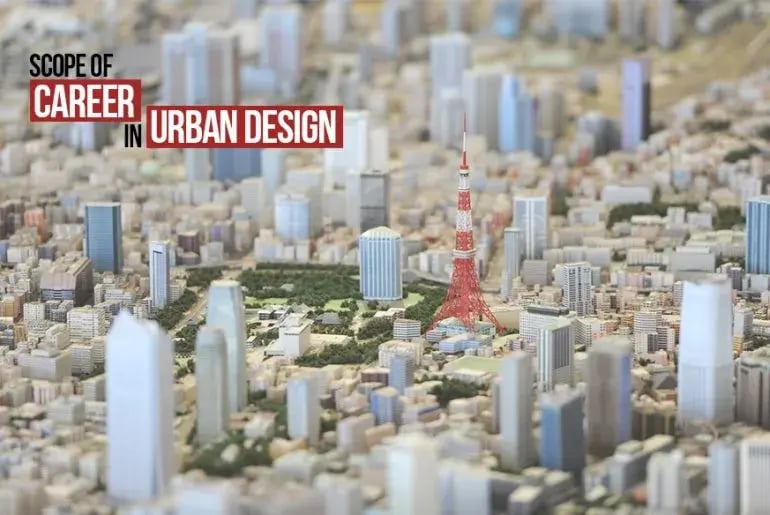
Introduction: Why Connection Matters in Urban Planning
In today’s rapidly urbanizing world, the concept of connection is no longer a luxury—it’s a necessity. Whether it’s a park bench shared by strangers or a well-lit alleyway encouraging nighttime walks, the way we design our cities directly impacts how we connect with others. In this urban planner interview, we explore the heart and mind behind the spaces that shape our lives. This is about more than blueprints—this is about belonging.
At Remin.site, we believe that spaces hold memory. Just as we preserve stories and legacies, cities too must be designed to honor and carry forward the human experience.
What This Interview Reveals
- The philosophy of designing for human connection
- Real-world challenges and solutions in urban design
- Advice for future planners and dreamers
“Cities should be places where strangers become neighbors.” — Interviewee, Urban Planner
Meet the Urban Planner: Background & Expertise
Education and Early Inspiration
Our featured urban planner, Sophia Nguyen, didn’t always dream of zoning codes or public transit corridors. Growing up in Hanoi’s Old Quarter, she was mesmerized by the way life spilled into the streets. She went on to study Urban Planning at the University of Copenhagen, where she deepened her passion for creating human-centered cities.
Career Highlights and Key Projects
After completing her studies, Sophia led projects in multiple global cities, including:
- The revitalization of Jakarta’s public plazas
- A mobility-first redesign in Medellín
- A neighborhood connectivity master plan in Toronto
Her work consistently champions the belief that urban design is not just physical—it’s emotional, cultural, and deeply human.
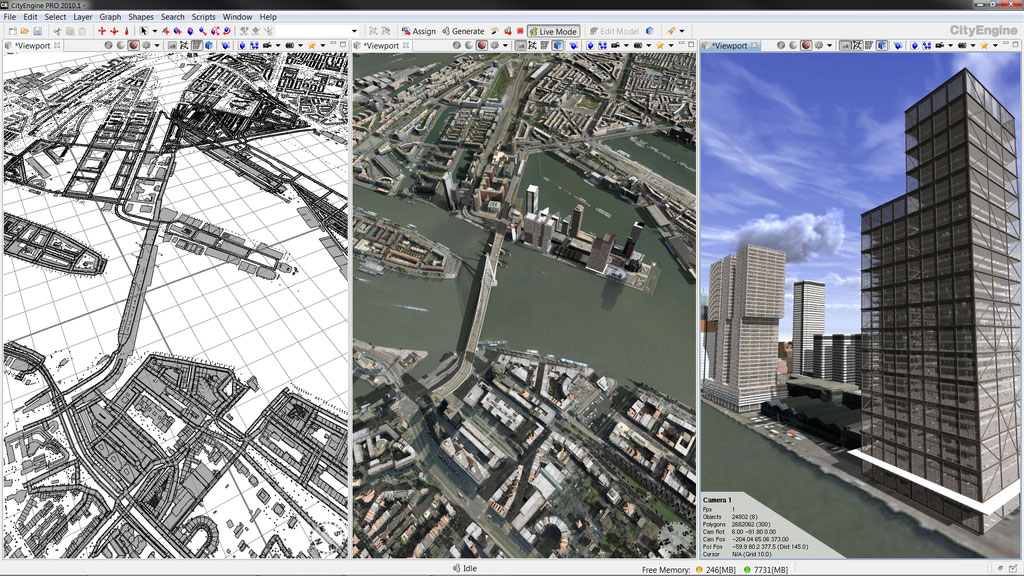
Designing for Human Connection: The Philosophy
The Role of Human-Centered Urban Design
For Sophia, planning for connection means designing environments where relationships can thrive. This includes:
- Wide sidewalks that welcome street performances and spontaneous conversations
- Community hubs placed within walking distance of residential areas
- Multigenerational spaces that blend playgrounds with quiet gardens
In short, a well-designed city feels like a warm invitation to engage—not a maze to survive.
What Makes a Space Feel “Connected”
According to Sophia, it comes down to these three principles:
- Accessibility: Spaces should be reachable and usable by everyone.
- Visibility: Clear sightlines and lighting foster safety and trust.
- Flexibility: A park should host a yoga class in the morning and a market in the evening.
These aren’t just planning features—they’re emotional enablers.
Examples from Existing Cities
When asked for her favorite connected cities, Sophia points to:
- Barcelona: The Superblocks project prioritizes pedestrians and community life.
- Copenhagen: Bicycle-first design turns commuting into community.
- Singapore: Green corridors intertwine nature with infrastructure, supporting spontaneous social interaction.
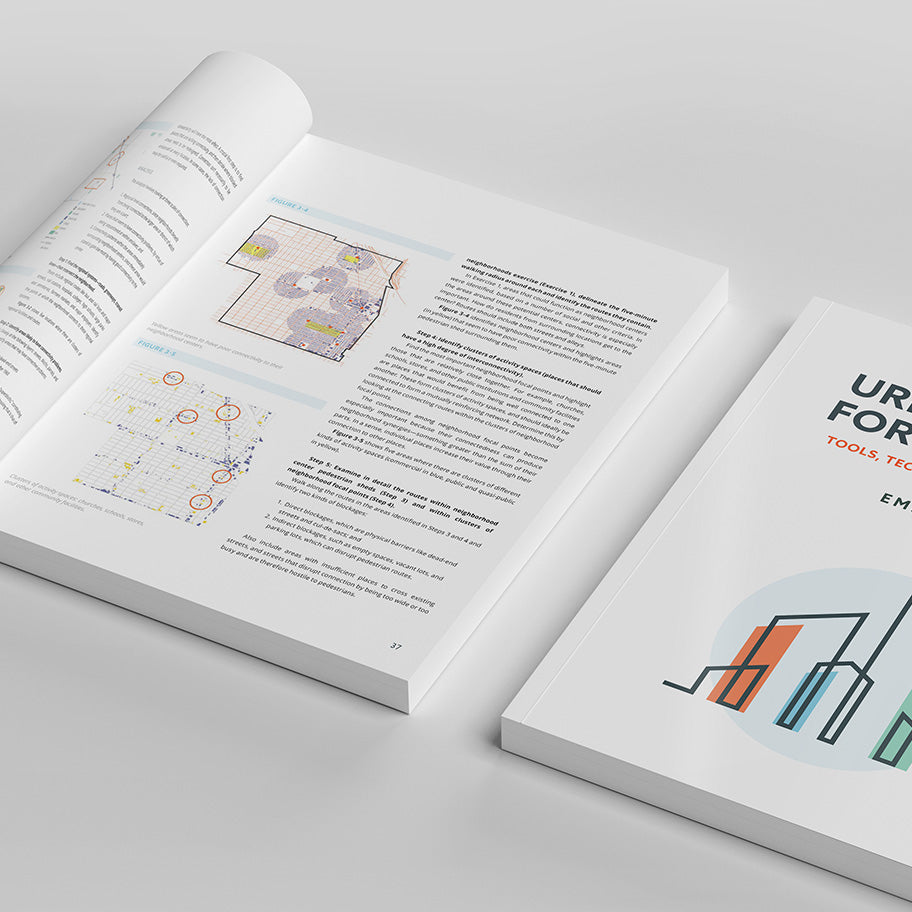
Tools and Strategies in Practice
Urban Design Goals and Metrics
When planning spaces, urban designers use a mix of data, empathy, and imagination. But how do you measure “connection”?
Sophia explains that planners increasingly turn to:
- Walkability scores
- Social interaction indexes
- Community survey responses
- Real-time mobility tracking using anonymized data
These tools offer planners a feedback loop to refine designs—not just for form, but for feeling.
Community Involvement and Participatory Planning
“Planning should never be a top-down process,” Sophia insists. That’s why she facilitates neighborhood workshops, youth design labs, and “street listening sessions.” In her view, the city belongs to those who live in it.
Technology and Data in Design
From augmented reality walkthroughs to AI-generated zoning models, tech has become a quiet revolution in urban planning. Sophia cautions, though, that tech is only as good as the human insight guiding it.
“Use technology to enhance empathy, not efficiency alone.” — Sophia Nguyen
Continue reading in the next half of the article, where we’ll dive into the toughest challenges urban planners face—and what the future holds for city design built on connection.
Challenges in Building Connected Cities
No matter how visionary the plan, urban planners face real-world obstacles. Designing cities for connection isn’t just about creativity—it’s about compromise, persistence, and navigating deeply rooted systems.
Social, Cultural, and Economic Barriers
One of the biggest hurdles is inequality. In many cities, marginalized communities are either excluded from planning conversations or actively displaced by gentrification. Sophia notes that without intentional policy and design, urban revitalization can become urban erasure.
- Rent hikes near improved public spaces often push out long-time residents
- Public consultation is frequently skewed toward those with time, language skills, or digital access
- Historic districts are sometimes over-regulated, blocking adaptive reuse for community gathering
She emphasizes the need for “planning with,” not “planning for”—an ethos that aligns with our values at Remin.site, where every story and voice matters.
Environmental and Sustainability Constraints
Climate change is not a future concern—it’s a current design challenge. From rising sea levels to deadly heat islands, planners must build cities that are not only connected but also resilient. Sophia integrates green infrastructure into all her work:
- Rain gardens and bioswales that double as beautification and stormwater management
- Urban forests and rooftop greenery that cool and connect neighborhoods
- Transit-oriented development to reduce car dependency
Designing for connection means honoring our connection to the earth as well.
The Future of Urban Planning
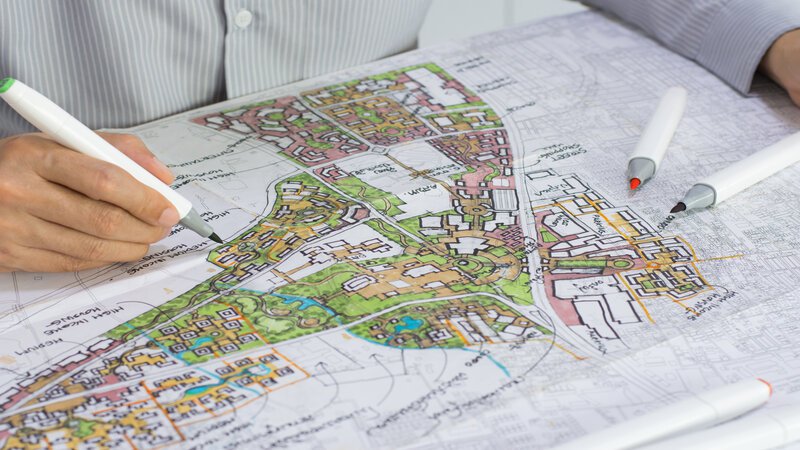
Upcoming Trends in Urban Design
Sophia shares some powerful trends shaping the next decade of planning:
- 15-Minute Cities: A model where everything you need—work, school, healthcare—is within 15 minutes of your home.
- Digital Twins: Real-time simulations of cities to test policies and designs before breaking ground.
- Intergenerational Co-Housing: Blending student housing with senior living for social support across age groups.
- Circular Urbanism: Designing cities with zero waste principles and regenerative systems.
All of these trends revolve around one core idea: the city should serve the human spirit, not just the economy or the automobile.
Advice for Future Urban Planners
“Never forget: you’re not designing buildings or streets. You’re designing how people live, laugh, grieve, and dream.” — Sophia Nguyen
Her message to aspiring planners is both bold and gentle:
- Learn to listen deeply—residents are your best designers
- Be humble with data but fierce with ethics
- Let beauty and function walk hand in hand
- And remember, legacy matters. Cities outlive their makers—build something worth passing on.
Final Thoughts: Designing Cities with Purpose
Urban design is not just a job—it’s a calling. As this urban planner interview reminds us, the power to shape connection, belonging, and memory lies in every sidewalk, every tree, every gathering place.
At Remin.site, we preserve not just personal stories but the architecture of meaning. The streets we walk today carry the footsteps of generations past—and the dreams of those yet to come.
Summary of Key Takeaways
- Connection is a fundamental goal in city design
- Planners must address social equity and sustainability challenges
- Human-centered cities require inclusive, flexible, and accessible spaces
- Community participation is not optional—it’s essential
Further Reading & Resources
- Planetizen: Leading platform for urban planning knowledge
- American Planning Association
- UN-Habitat: Urban Planning and Design
- NovaTr: Urban design and future goals
Reference Sources & Inspiration
FAQ
What is the main role of an urban planner?
An urban planner designs and manages how land, public spaces, and infrastructure are used to create sustainable, functional, and connected communities.
How do urban planners measure social connection?
They use tools such as walkability indexes, community participation rates, and social cohesion surveys to assess how well-designed environments foster interaction.
Why is connection so important in city design?
Connection enhances mental well-being, community trust, and a sense of safety and purpose—core components of a vibrant city life.
Can everyday people influence urban design?
Absolutely. Public meetings, local forums, online surveys, and city planning boards are all spaces where residents can voice their needs and shape their neighborhoods.
How does Remin.site relate to urban planning?
Just as Remin.site preserves the legacies of people, urban planning preserves the legacy of places. Both are about designing with care for what will be remembered and inherited.
